Understanding Unibody and Body-On-Frame Design
Two of the most common automotive platform designs in today's car market explained.
 Chevrolet
Chevrolet
Today's vehicles come in many shapes, sizes, and powertrains, but most are built on one of two platforms. These are known as the traditional body on frame and the modern unibody.
 Ford
Ford
The Definition of Body-On-Frame Platform
A body-on-frame platform, which dates back to the first horseless carriages from the dawn of automobile mass production in the early 20th century, is exactly as it sounds. A vehicle's body is built independently from a structural frame — or platform — that supports the driveline and suspension. The body is then placed atop the frame during assembly.
Body-on-frame designs have varied over the past century, ranging from ladder-type frame rails to X-shaped patterns and even a platform that is made up of a "backbone" spine. Today, body-on-frame construction typically involves a ladder-shaped frame, mainly applied to pickup trucks, large SUVs, and off-road vehicles such as the Jeep Wrangler, Toyota 4Runner, or Ford Bronco. This style of platform construction suits vehicles designed to tow or venture off-road, as the frame's strength resists flexing and can allow for greater ground clearance.
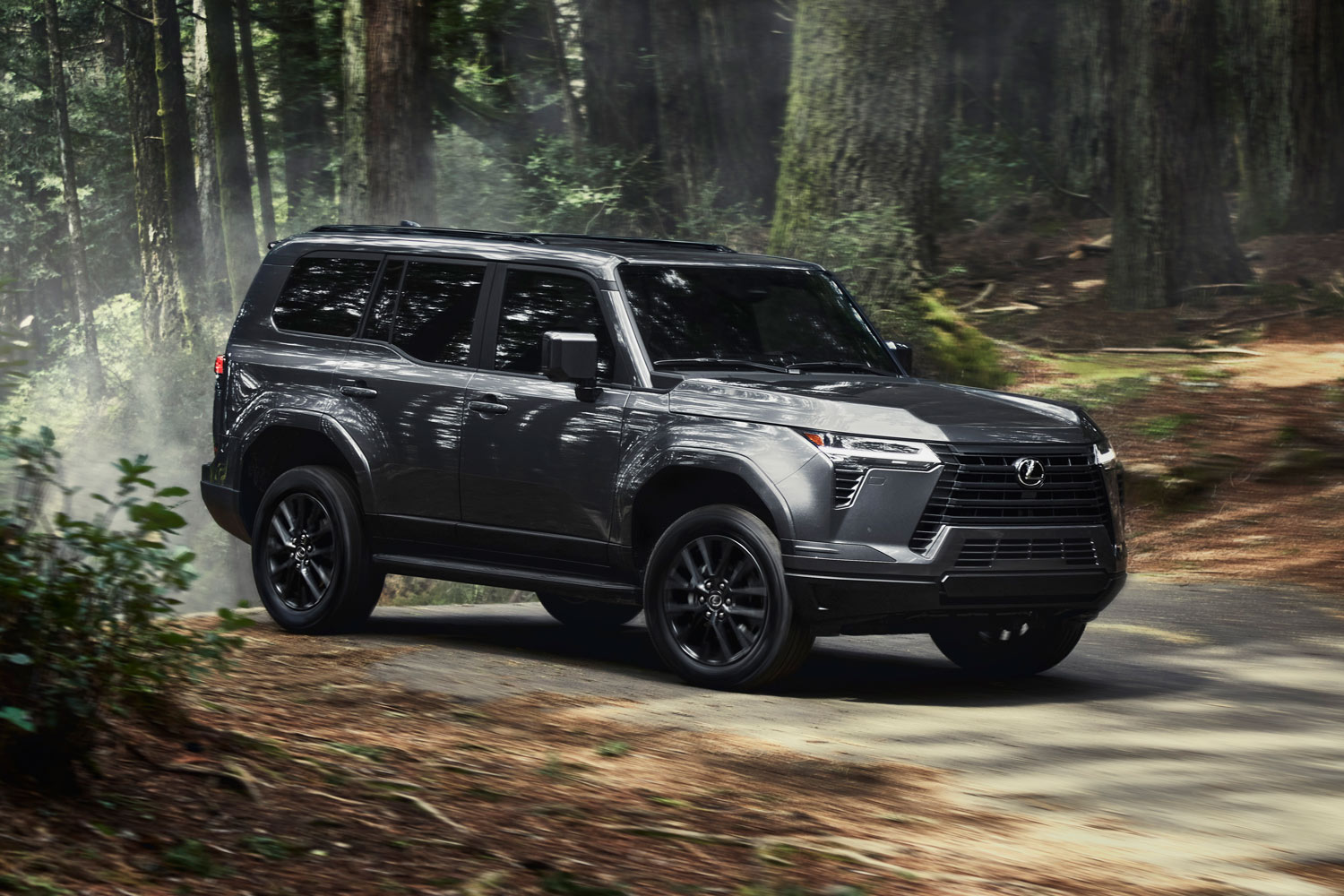 Lexus
Lexus
There are disadvantages to a body-on-frame platform. It usually results in a heavy vehicle, negatively impacting fuel economy. The frame's shape may restrict interior space, and automakers find it more difficult to engineer "crumple zones," which dissipate force in a collision.
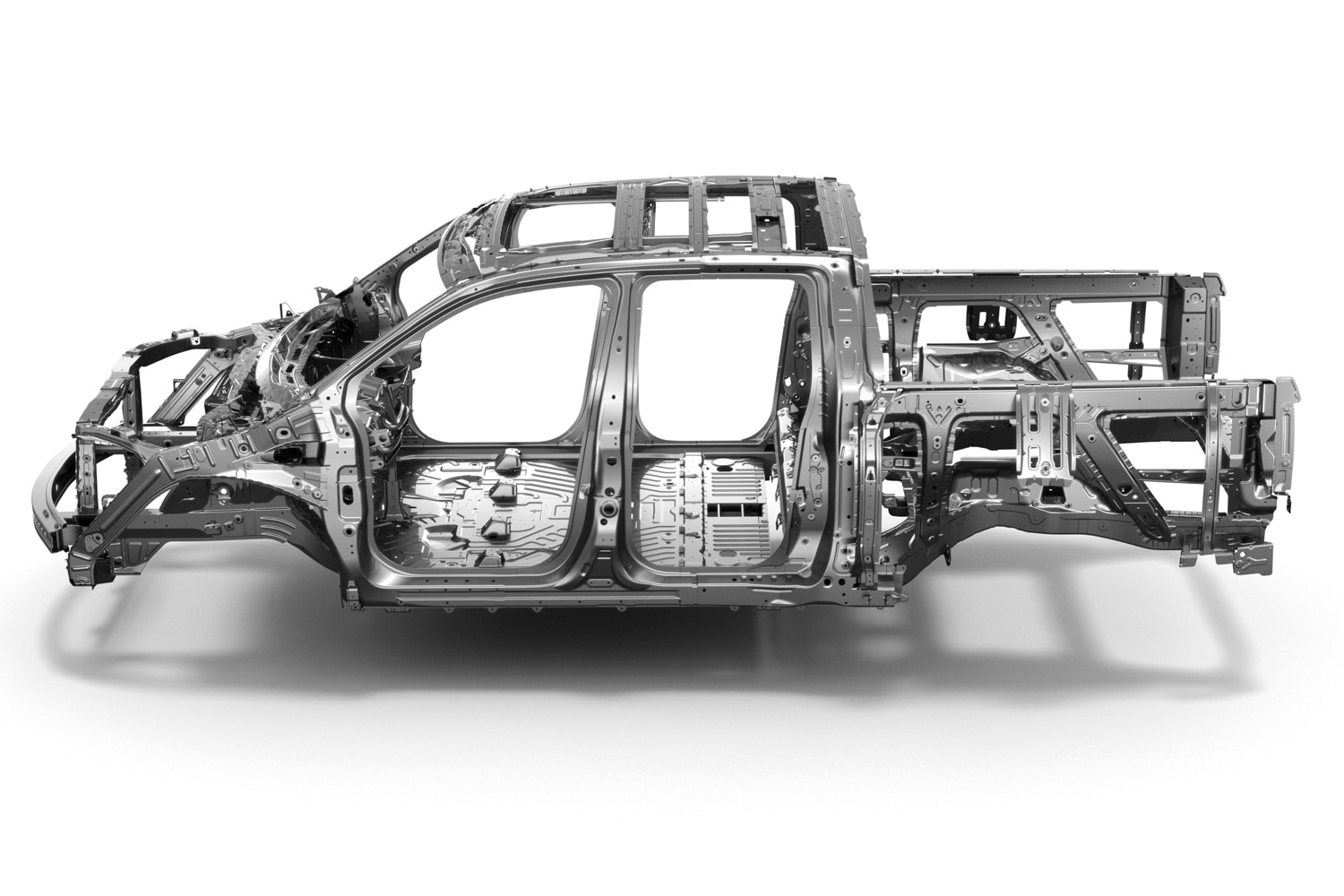 Honda
Honda
How the Unibody Design Differs
If a vehicle doesn't need to provide class-leading tow ratings or rugged off-roading abilities, automakers could instead utilize unitized construction to create a unibody platform.
Unibodies incorporate a vehicle's body, floorboards, and structural elements into one large structure. This results in a more rigid platform, improved handling, greater interior space, and a lighter vehicle overall. That weight reduction can help improve fuel economy. When Ford moved its Explorer midsize SUV from a body-on-frame to a unibody design for the 2011 model year, the EPA fuel-economy estimate for a six-cylinder model with all-wheel drive increased by four miles per gallon.
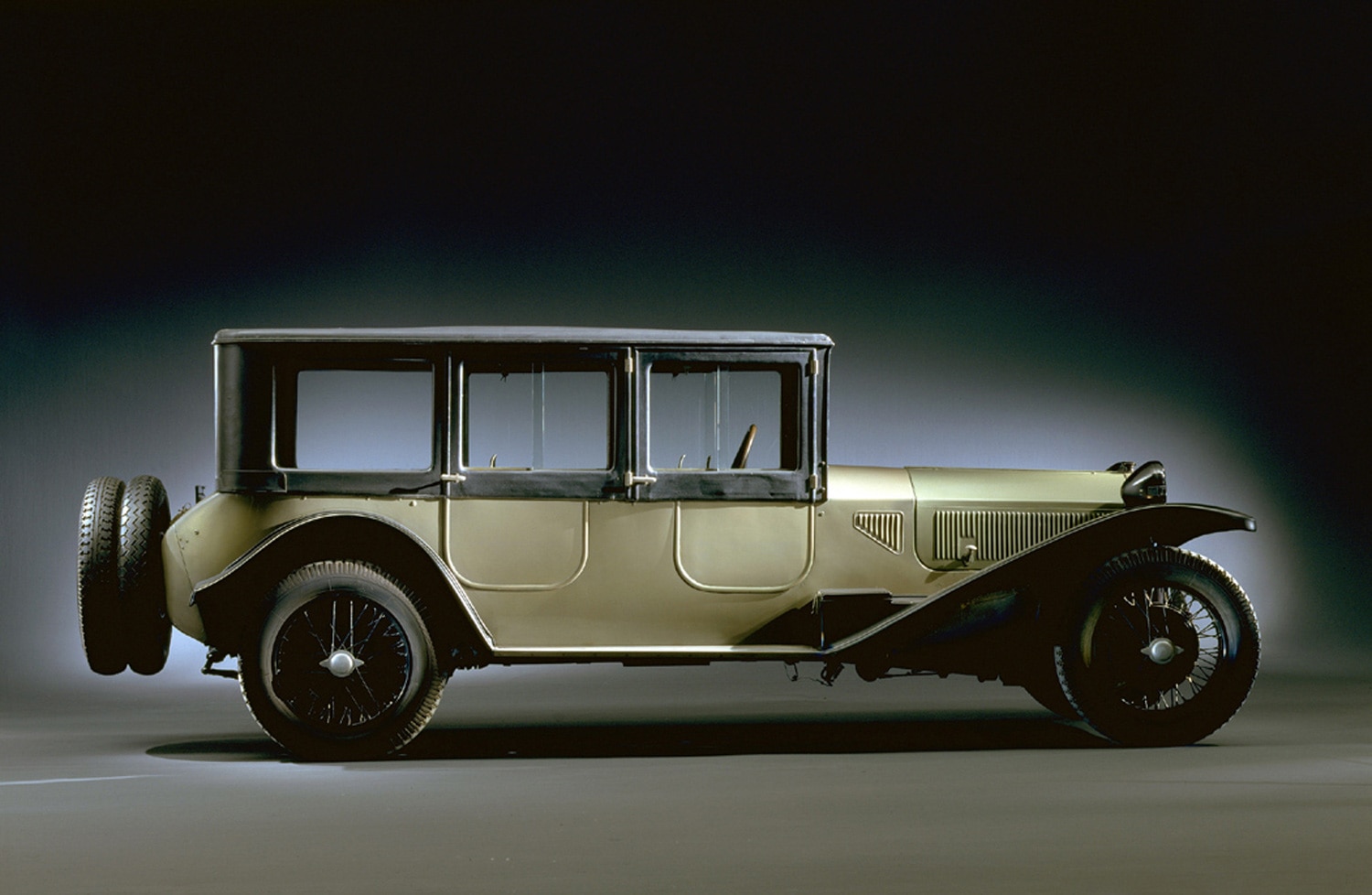 Lancia
Lancia
While unibody construction isn't a new idea — Lancia first used it in the 1920s — it has been used throughout the automotive industry over the past four decades. According to Automotive News, 67 percent of all passenger vehicles sold in the U.S. in 2021 had unibody platforms. And while unibodies have traditionally been found mainly in passenger cars and minivans, some pickup trucks — notably the compact Ford Maverick, Hyundai Santa Fe, and the midsize Honda Ridgeline — have adopted this type of platform.
A unibody SUV can be quite capable off-road. The original Jeep Cherokee introduced in 1984 paired unibody construction with the solid front and rear axle layout more commonly found in off-road-ready vehicles with a separate frame.
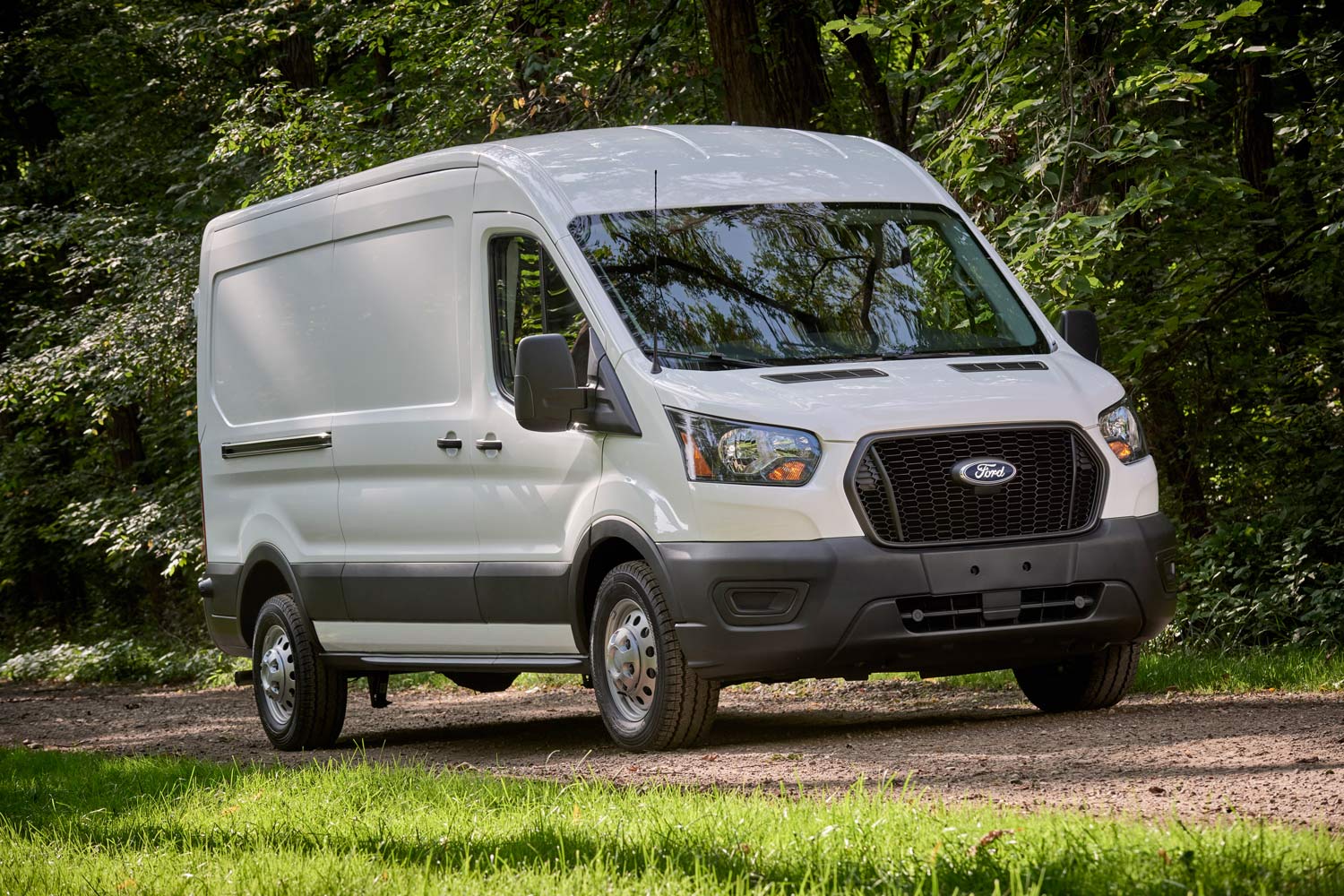 Ford
Ford
Some Vehicles Are a Mix of the Two
It can sometimes be difficult to determine if a vehicle uses a body-on-frame or unibody platform. Some unibody vehicles, such as the Ford Transit full-size van, integrate a ladder frame with a unibody to provide additional strength. Conversely, the original Volkswagen Beetle might initially resemble a unibody vehicle. Its body shell, however, can be unbolted fairly easily from the flat floorpan, which doubles as a stressed structural member, supporting both front and rear suspensions. The Beetle's pancake design resembles several skateboard platforms developed for modern electric vehicles. Current EVs, such as the Rivian R1S, Jaguar I-Pace, and Volkswagen iD.4, use skateboard platform designs with a battery pack as a structural frame element stored within a flat floor.
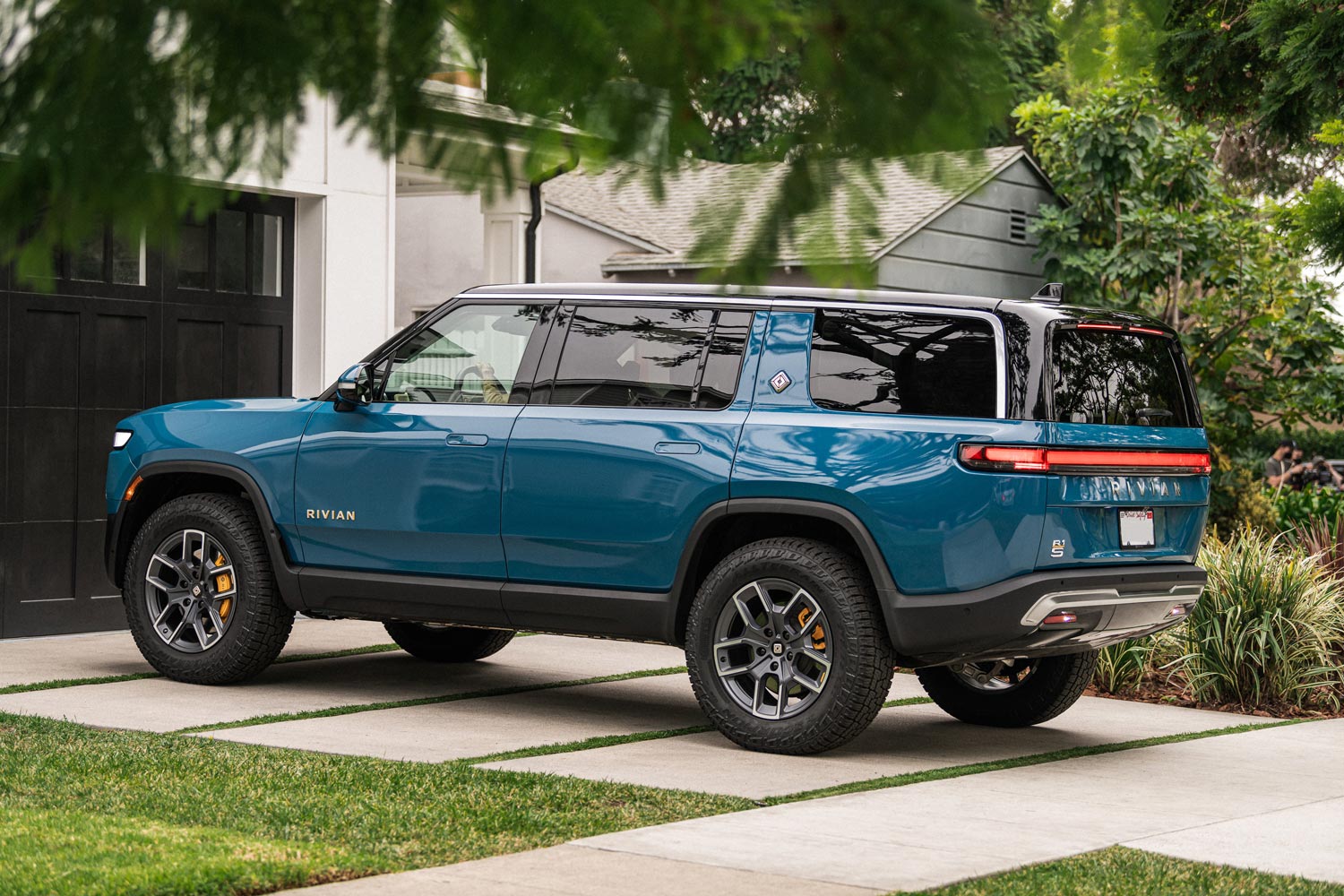 Rivian
Rivian
Things get murkier still in the world of electric pickup trucks. While the Ford F-150 Lightning and Ram 1500 REV use traditional ladder frames and body-on-frame construction, General Motors says its GMC Hummer, Chevrolet Silverado, and GMC Denali EVs are not unibody or body-on-frame construction because they join a unitized body structure to a skateboard-like platform formed by the automaker's Ultium battery pack.
Written by humans.
Edited by humans.
 Evan McCausland
Evan McCauslandCar, truck, train, or bus—if a vehicle has wheels, chances are Evan McCausland is interested in it. More importantly, he’s interested in helping others learn more about cars and trucks, especially when it comes time to make a decision on their next vehicle purchase. For nearly two decades, he’s been fortunate to have the opportunity to do just that, writing for major automotive publications, automotive clubs, and automakers alike.
Related articles
View more related articles